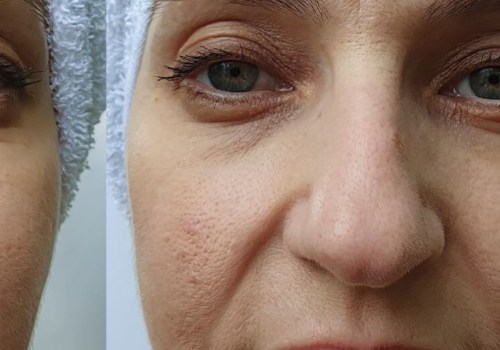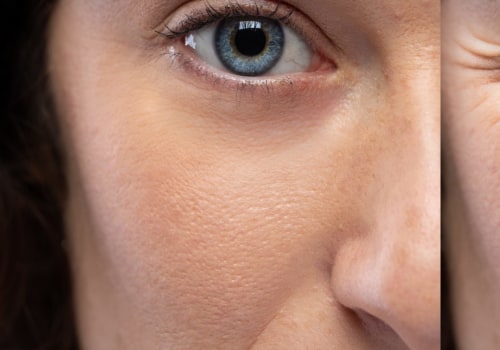Why Choose Dysport Over Botox: An Expert's Perspective
Understanding the Differences Between Dysport and Botox
Dysport and Botox are both injectable treatments derived from botulinum toxin type A, used to reduce the appearance of fine lines and wrinkles. While they serve the same purpose, they have subtle differences in their formulation, onset, and spread, making one option more suitable than the other depending on the patient’s needs and desired results. Here’s a look at why some experts may recommend Dysport over Botox.
Faster Onset of Results
One of the key advantages of Dysport is its faster onset time. While Botox usually takes 5 to 7 days for the full effects to become visible, Dysport often shows noticeable results within 2 to 3 days. This makes Dysport a great choice for patients seeking quick results, such as before a special event or occasion.
Broader Spread for Larger Areas
Dysport has a slightly different molecular structure compared to Botox, which allows it to spread more easily over a larger area. This characteristic makes Dysport particularly effective for treating broader areas, such as the forehead, where even distribution is essential for a smooth, natural look. If you have larger treatment areas or want to address multiple lines simultaneously, Dysport’s broader spread can be an advantage.
Natural-Looking Results
Because of its ability to diffuse more evenly, Dysport often provides a softer, more natural appearance. For patients concerned about a “frozen” look, Dysport’s spread can create a subtle, natural-looking outcome that allows for some facial movement while still smoothing out wrinkles and lines.
Cost-Effectiveness
Dysport is typically less expensive per unit compared to Botox. Although more units may be needed to achieve the same results due to its lower concentration, Dysport can be a cost-effective option for certain patients, particularly for treating larger areas where its spread minimizes the number of injection points needed.
Long-Lasting Results
Both Dysport and Botox generally last for about 3 to 4 months. However, some studies suggest that Dysport may have a slight edge in duration, lasting a bit longer in certain individuals. This can mean fewer touch-ups and a longer-lasting effect for some patients.
Reduced Risk of Antibody Formation
One of the potential drawbacks of using botulinum toxin products is the risk of developing antibodies that make the treatment less effective over time. Because Dysport has a slightly different protein structure than Botox, some experts believe it may pose a lower risk of antibody formation, making it a better option for long-term use.
Which One Should You Choose?
Choosing between Dysport and Botox often comes down to personal preference and specific treatment goals. While Botox may be more precise and ideal for small, targeted areas, Dysport’s spread and faster onset can make it the preferred choice for larger areas or patients seeking quick results. Consulting with a qualified provider can help determine which product is best suited to your needs.
Conclusion
Dysport offers several advantages over Botox, including a quicker onset time, broader spread for large areas, and potentially longer-lasting results. If you’re looking for a more natural appearance with minimal injection points, Dysport may be the right choice for you. Speak with a trusted expert to explore your options and create a personalized treatment plan that aligns with your aesthetic goals.




